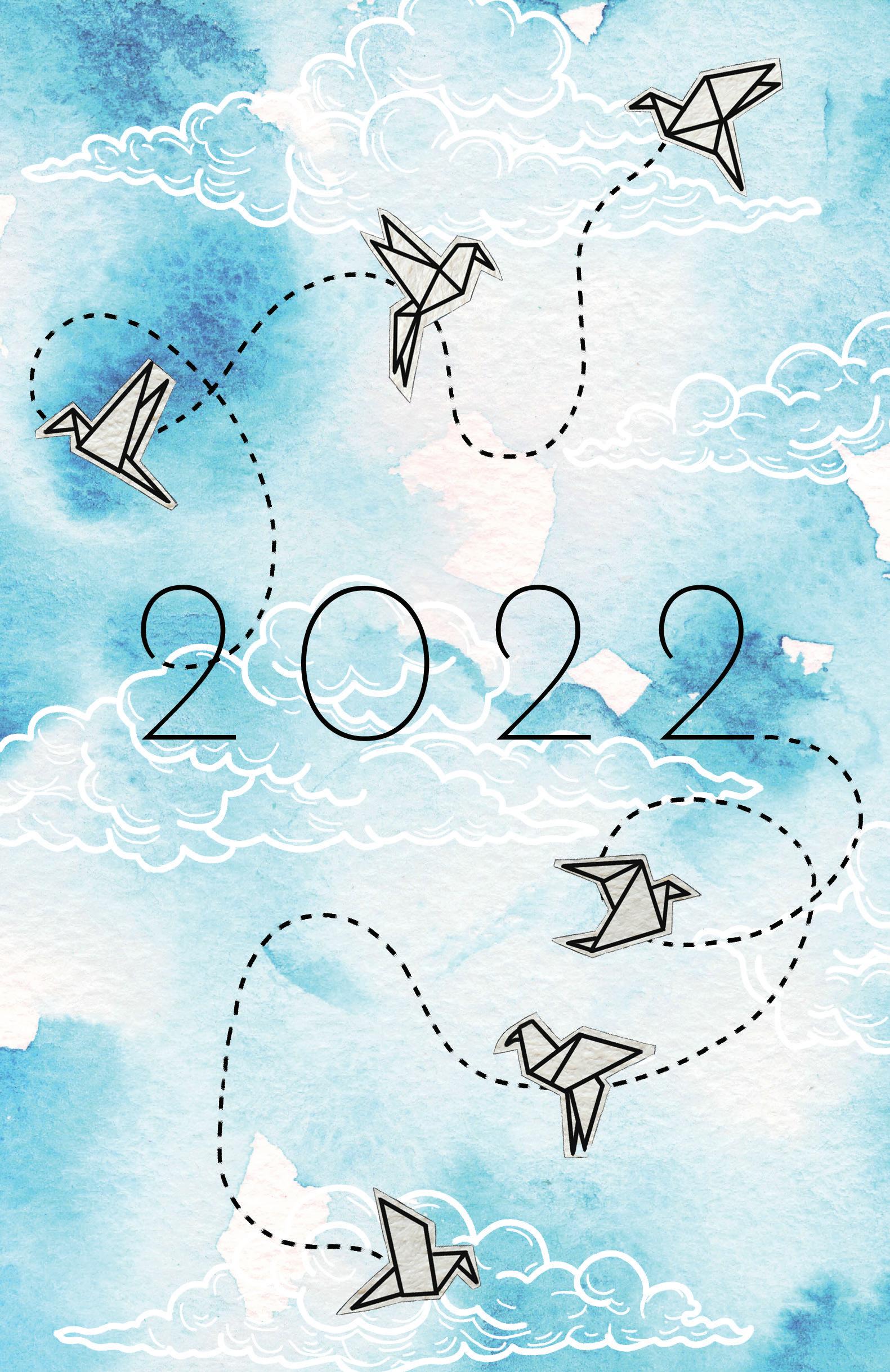The Eyrie A Literary/Trades Journal





The Eyrie is a literary/arts trade journal published by Eastern Maine Community College to showcase student work. The issue highlights exceptional writers and craftsmen from across the campus.
Faculty Advisors
Heather Magee, Dr. Lesley Gillis
Cover Art & Design
Victoria Jones
Page Design

Alycia Hall
Page Layout/Design
Clement, Natasha
Decker, Caroline
Georgia, Aimee
Hall, Alycia
Johnston, Abigail
Jones, Victoria
Pettengill, Carly Robles, Anthony Smith, Joshua
DGD231 Printing and Publishing
©All work in this journal remain the sole property of their owner and may not be reprinted without permission




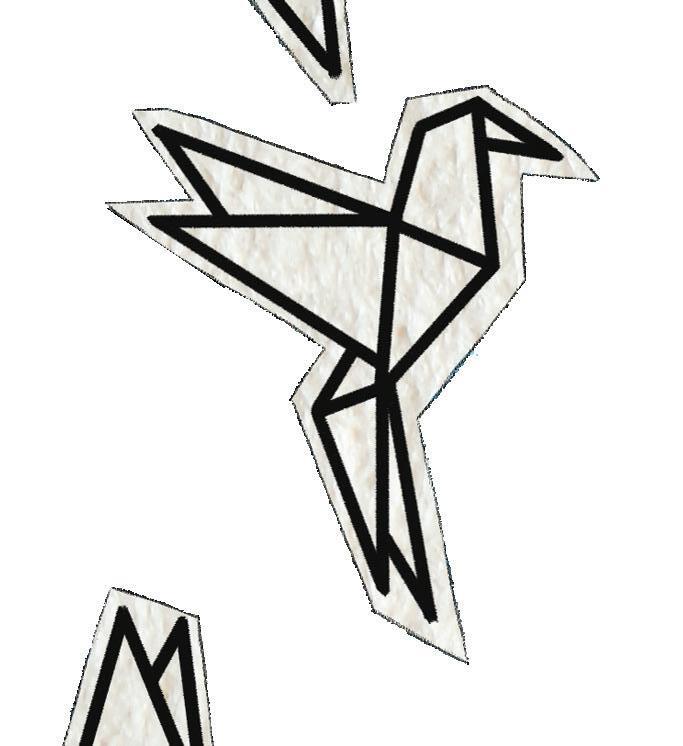


The light danced between my eyes,
Giggling brightly at me.
The flicker of its attempted touches,

Brought tears to my eyes.
A flame so soft, so willing,

I wished I could read to it,
Have it listen to my every word,
Dancing along to my words.
But the wood burned,
The shelter caved,
Crushed amongst the boards,
Was a candle crying wax.

Acknowledge the growing you’ve done
Because growth shows how far you’ve come
Cherish, you are capable of great things
Don’t be afraid of what the future brings
Everyday brings new challenges for you to conquer
Failure may drive you bonkers
Graduation was just a start
Home will always be where your heart (is)
Instinct will lead you to where you need to go
Just don’t panic, take things slow
Know how much you’re loved
Listen to your goddess above
Make the most of each day
Nothing stands in your way
Only yourself
Please be kinder to your mental health
Question everything
Remember to celebrate what each new day bring(s)
Start each morning by making your bed
Too much worry will go to your head
Unless people love you, you’ll never be rich
Vicious people will call you a bitch
Wonder where this path will lead you
(e)Xamine the details of what you want to pursue
You were made for much bigger things
Zen is what you bring
(This story contains mature content)
A raven-haired woman with burgundy lips sits at a bar, alone. Her irises are like glass, and her eyelids are lined with “midnight” liquid latex. She makes eye contact with the bartender, “Amaretto sour, please.” She waits patiently while her drink is made, stretching and taking slow mindful breaths, in attempt to begin the decompression which the drink, and this bar, are meant to assist with. The bartender sets the drink down in front of her; they both smile. “Thanks.” “My pleasure.” That’s what the best bartenders say. She plucks the cherry enthusiastically from the top of the glass with her matte black stiletto manicure, using a bit of suction to pop it into her mouth, and proceeds to play with the stem, chewing on it slightly at first, and then stirring her drink with it, casually.
“Mind if I sit here?” She looks up to see a steel-haired man, openly carrying a pistol on his hip. His jeans are worn, but clean; she can tell he went home (or wherever) to clean himself up after a long hard day’s work, before making an appearance here. He has that weathered look of a man, from a lifetime of hard-work, likely outside from the leathery redness of his neck and with his hands, she assumes, given their cracked skin and stained fingernails.
“Not at all.” He sidles up to the stool beside her. There is something

dangerous, yet sexy, about this man; she can’t quite put her finger on it.
The steel-haired man sighs, and waves at the bartender, politely. “Whiskey and coke, please.” His smile is kind – he raises his glass, giving the bartender a grateful nod. He takes a great big gulp, and lets out a satisfied “Ahhh...” As he places his drink down in front of him, he turns toward the raven-haired woman, openly.
“Tough day?” She looks genuinely concerned.
“Meh...” He shrugs.
“You drink like you just crawled out of a desert...”
“What can I say?” He takes another gulp. “Ahhhh...I’m a thirsty guy.”
She’s amused. “Hmm...shots?”
“Lady’s choice?”
“Dan.” The bartender looks over at her. “Two red-headed sluts for me and my friend here, when you get a chance?” Dan nods, hopping to. “Thanks man, no rush.”
“Ooo...things are getting interesting.”
“Oh, you think so, huh? Hah.”
They clink glasses, tap them on the bar, and down their shots, observing each other for a moment. He speaks first.
“Do you live around here?”
“Rather presumptuous.”
He’s amused. “Hmm...let’s see...you are sort of from here, but not...?”
She’s intrigued. “Fair enough...take one to know one?”

“Maybe...you’ll see.”
“Oh, will I?”
“Well, that depends...can I take you somewhere? There’s something I want to show you; if you’ll let me.”
She looks at the gun, and then at him...cautiously.
“Well...I wouldn’t normally think that sounded like a good idea, but... alright.”
He takes her back to his dank motel room. Everything is dark and dingy.
If the lightbulbs are working at all, they are flickering, and half the lamps have no shades on them.
“Nice place ya got here,” she says irreverently, plopping herself onto the dusty outdated sofa. He smirks, “Amaretto, right?” He hands her a drink. “Mmmmm!” She takes a long slow sip. He glides up next to her on the sofa. Even if there is something disturbing hanging in the atmosphere, she seems oddly at home with it. She starts to say something, and he puts his lips directly on hers, with gentle assertion, wraps his hand around her drink and guides it to the coffee table. As she melts back into the sofa, he slides his fingers between hers, stretching both her arms over her head, and holds them there. He presses his body into hers. She moans for more. He reaches under her skirt. She grabs the gun.

“Ah-ah-aah...do you even know how to handle one of these?” he teases playfully, laying his hand over hers with that same gentle assertion as before, stopping her from pulling it out of the holster. She smiles, letting out a slight giggle. “Well...no, actually...” She starts to sit up and he begins to lean back as they toggle from one end of the couch to the other, ending with the raven-haired woman on top. “...maybe you could show me sometime.”
“My pleasure.” He kisses her again, and draws her body close to his with a thrust of his arms. He explores the skin of her neck with his lips and tongue, breathing in her scent. Her hair is wild and intoxicating. He stands, hoisting her up to his waist with her legs wrapped around him, and makes his way over to the bed, tossing her slightly onto it. She opens herself to him; slowly, he rolls down her stockings one leg at a time and slips off her black lace panties. He flips her around and unzips her black leather mini skirt, shimmying it down her legs, and giving her plump round ass a proper slap.
“Ooo!” She giggles, gets up on her knees, and removes her blouse and the black lace bra that matches her panties, before dropping to all fours. “Do that again.”
The steel-haired man and the raven-haired woman are lying in bed, smoking; one of them is holding a joint and one a cigarette; they trade back and forth. She smiles at him. “Thanks for the lesson.” He gives her a smooch on the forehead. “Anytime.”

Driving down a back road
My eyes closed, the brakes squeak, the car jolts.
“To a friend’s house,” was all I knew.
My young hands grip the seat belt tightly.
The can crinkles with every jolt.
The back window down, my long, brown hair whipped in the wind.
She’d pick up the can, the car would jerk, and her hands stiffly shook.
I was dazed and confused
With no idea what was happening to the world around me.
The teal color car curtly came to a stop as other cars zoomed by.
She reached by my feet to pick up another can.
Then eventually another.
I was scared.
I knew something wasn’t right.
The police came; came for my own mother.
I hear the sirens over and over. I see the lights too, flashing their fluorescent red and blue.
Forever etched within my memories.
The policeman takes me away; takes me away from the only stability I’ve
He says, “everything is going to be okay, you’re safe with me.”

I watch the cop car pass with my mom inside.
She looks at me through the black tinted window, And I grip the hand of the officer. Nothing was ever the same.
My world crumbled and had to be rebuilt.
The court cases, the tears, the fights, the worries
They all never stopped. But neither did the love for my mother.





Since America’s birth, gun culture has always pervaded. For better or worse, firearms were used to create the country, to build it, and to protect its people. In recent years the debate over gun control has grown exponentially. This is significantly due to the growing number of mass shootings that have taken place over the past decade. In response to this, two extremes can be found: A push for the complete banning of firearms, and the idea that everyone should be able to get a gun. Despite the seemingly growing divide of the right and left, most citizens do not fall fully on one side of the spectrum, holding more nuanced opinions on the issue. Among these is Emma González, an 18-yearold student who lost friends in a school shooting at her high school. Another is David French, a supporter of gun ownership rights and the National Rifle Association (NRA). Although both give compelling arguments in the essays they have written on the subject, there are differences in their personal experiences with danger, views on civilian ownership of military-grade firearms, and opinions on American gun regulations.
The first major difference between their two respective essays is in each authors’ different experiences with dangerous situations. González starts by talking about how her own identity doesn’t matter after losing her friends, and due to this, she refers to herself as “we” throughout her essay. She explains why she does this when she asks, “who are we? We are the people who died in the freshman building on Valentine’s Day at Douglas High, and the people who died in every mass shooting in U.S. History. We are everyone who

has been shot at, grazed or pierced by bullets, terrorized by the presence of guns and gun violence in America” (González 890). From this, the reader learns that she hopes to make a difference in the fight against gun violence, given her personal connection to it. French on the other hand gives an example of a time his family was at risk, saying, “A man got out and walked up to my wife and kids. Strangely enough, at his hip was an empty gun holster. She’d never seen him before. She had no idea who he was. He demanded to see me... My wife cleverly defused the confrontation before it escalated, but we later learned that this same person had been seen, hours before, slowly driving through the parking lot of our kids’ school” (French 893). This excerpt tells of a time when French’s family was greatly vulnerable, which allows him to later explain why he personally sought to get a gun and a concealed carry permit for their protection. This personal account is in contrast with González, who speaks in absolutes and tries to convey her own emotions in her writing. With this, both essays deeply connect with the audience but do so in different ways.
The essays also use these same tones when continuing to explain their different views on assault weapon ownership. González proposes her logic by writing, “If I’m able to communicate one thing to adults, it would be this: it should not be easier to purchase a gun than it is to obtain a driver’s license, and military-grade weapons should not be accessible in civilian settings. You don’t drive a NASCAR on the street, no matter how fun it might be, just like you don’t need an AR-15 to protect yourself when walking home at night. No one does” (González 891). Ignoring the fact that she doesn’t know NASCAR is an association (not a vehicle), González makes a witty argument that personal enjoyment should not trump safety. French takes the same stance on safety but supports the right of citizens to own assault weapons. This is seen when he says, “Progressive policy prescriptions, like assaultweapons bans and bans on large-capacity magazines, are opposed because they’re perceived to have exactly the wrong effect. They’ll present only the most minor of hurdles for the lawless, while the law-abiding experience the law’s full effect. It’s a form of collective punishment for the innocent, a mere annoyance--at best--for the lawless” (French 895). Comparing this quote with the one from González’s essay shows that, despite their similar desire for safety, the two writers have different ideas on the role of assault weapons in the U.S. This is also reflected in the way they address their audience. French references his knowledge of various proposed policies, while González attempts to use comparisons and quick, absolute statements. Their differing personal thoughts also play a part in their stances on

American gun regulation. González begins by stating her opinion that, “At the end of the day, we don’t want people to have their guns taken away. We just want people to be more responsible. We want civilians to have to go through more rolls of red tape to get what they want, because if any of that tape can stop those who shouldn’t own a gun from owning a gun, then our government will have done something right...We don’t need the NRA’s excuses, we need the NRA to finally stand up and use its power to supply the American people with something they deserve” (González 891-892). In saying this, González is trying to convince her audience to support harsher gun regulation. Her argument relies more on emotion than it does on facts. This makes sense as she must work with what she has; emotion, not a background of American legislation. French combats her argument by saying, “It’s a myth that gun owners despise regulation. Instead, they tend to believe that government regulation should have two purposes - to deny guns to the dangerous while protecting rights of access for the law-abiding. The formula is simple: Criminals and the dangerously mentally ill make our nation more violent. Law-abiding gun owners save and protect lives. Thus the overwhelming support for background checks, the insistence from gun-rights supporters that the government enforce existing laws and lock up violent offenders, and the openness to solutions - like so-called “gun violence restraining orders” that specifically target troubled individuals for intervention” (French 895). With this argument, French tells us that he believes in regulation, but also limiting it to dangerous individuals. Like in the previous quote, he argues that good people can use guns for good, and evil people can use them for evil; the trick is punishing the evil without minimizing the good. This is similar to González’s hope to improve the good, but unlike her, he cites examples and doesn’t rely on emotion nearly as much.
Altogether, the two essays differ in their author’s own dangerous experiences, views on civilians owning assault weapons, and stances on gun regulation in the United States. What is so interesting about this is that both essays cover very similar topics, but do so in such different ways. González is trying to make her audience empathize with the victims of gun violence to try and create change. This is evident in the way she relies very heavily on emotional impact rather than logic. French is a completely different case, relying on facts and his knowledge of gun regulation. Unlike González, he makes no demands and absolute statements, instead simply trying to provide information on gun culture. Despite these differences, neither calls for a revolution nor stays completely to one political side. González doesn’t want

to make all guns illegall, and French doesn’t want everyone to own a gun. They both have complex and reasonable arguments and share the goal to make America the best it can be. The past decade has seen the divide between the right and left grow bigger and bigger each year, or at least that’s how it seems. Not only do these essays remind us that are there issues for America to address, but also that its citizens can work together and practice compromise in order to make the country better as a whole.
Works Cited

French, David. “What Critics Don’t Understand about Gun Culture.” The Norton Reader, edited by Melissa Goldthwaite, W.W. Norton & Company, 2020, pp. 893-896.
González, Emma. “Fighting for Gun Control.” The Norton Reader, edited by Melissa Goldthwaite, W.W. Norton & Company, 2020, pp. 890-892.

While not everyone is able to gather profound meaning by observing nature, Henry Thoreau attained equilibrium in his observations of just that and shared his experiences with the world. Born post-American Revolution, Henry David Thoreau, an essayist, philosopher and naturalist, maintained a simplistic view of life that allowed him develop a close bond with nature. This closeness in turn allowed him to obtain meaning in the everyday functionality present in nature. Thoreau illustrates such meaning in his essay “The Battle of the Ants,” which parallels the relentless war of ants to that of the more recorded wars between humans and uses this comparison to highlight the repercussions; at the same time, it prompts the reader to open their mind to the influence of nature. In the guise of a seemingly straightforward insight of an ant battle, Thoreau delves into what meaning can be inferred from nature and what new perspectives are out there, awaiting to be realized.
Immediately and throughout the piece, the use of historical allusion is prevalent, although Thoreau’s uses are subtler than they initially appear. An example of such subtleness is seen when the author describes the ants as “Myrmidons” (Thoreau 725). For those learned in Greek mythology, this description is recognized as both soldiers and ant-people. While this description is entertaining at first, it begins to fulfill a deeper meaning when taken into consideration alongside the implication that Myrmidons are often associated with single-minded soldiers tasked with completing
a given objective. The reader is left to consider this representation when, later, Thoreau provides a view of the ants akin to humans. Another allusion is perceived when Thoreau introduces a second red ant into the scrimmage and he writes, “perchance he was some Achilles…come to avenge or rescue his Patroclus” (726). Both allusions affirm a story-like aspect to what could be viewed as a mundane and uneventful struggle within nature. Furthermore, the allusions aid in supplying the reader with the entertainment needed to hold their attention, while at the same time laying the groundwork for the deeper meaning of perspective the author wishes to convey.

In the same way that allusion provides a grasp upon which to comprehend the author’s meaning, so too does the meticulous imagery engage the reader and provoke thought. Even before it is acknowledged by the author, the reader would find it difficult not to notice any similarities between the black and red warrior ants described and human soldiers. In the description, “there came along a single red ant…evidently full of excitement” (725-726), Thoreau provides a nexus between insect and human, between the reader and the ant. Attributing an excitement for an impending confrontation leads the reader to imagine the ant, but in a human light. Along with the perceived excitement of the ant, Thoreau himself admits that “[he] was excited somewhat even as if they had been men” (726). He is thrilled and at the same time distressed by the scene as if he has witnessed a human battle. One cannot help but wonder: if he had actually witnessed such a thing, would he have felt those same emotions on a grander scale. Thoreau helps readers relate and through relation readers begin to think, to take into consideration something other than their immediate surroundings or furthermore, to stop and open their minds to their surroundings.
In addition, the overarching symbolism Thoreau implements is seen in a multitude of forms. One instance of this significance is at the end of the deadly brawl when the black ant alights victorious Thoreau writes, “whether he finally survived that combat…I do not know; but I thought that his industry would not be worth much thereafter” (727). Strikingly, the reader can be led to visualize an injured veteran post war, who has been left crippled and no longer able to fight. This brings up the questions: what happens to the injured ants? And for that matter, what happens to veterans after they have fought in the name of freedom? Thoreau admits that he himself does not know the outcome of the war he witnessed (727) or to a finer point, the fate of the lone black ant; therefore, his impartiality could be comparable to
the leaders of war. Surely, they care for the outcome of their battles, but it is easily attestable that they do not care for those that execute their commands for violence. In other words, it could be argued that Thoreau was intentional in his depiction of the surviving black ant, and that through that depiction the reader is urged to consider the triumphant scene in the more personal context of an injured human.

Indeed, to continue this personal connection Thoreau aims to make involves considering the time in which this piece was written. In writing post-American Revolution, the author gauges the connection with war and those who have experienced it. Therefore, while the author was not alive during this wartime, some of his audience at that present time assuredly had experience with or had been an onlooker to war. This makes it all the more intriguing when Thoreau provides a perspective that even he was not as observant after only initially witnessing two ants in the struggle for life, as he puts it, “I was surprised to find that the chips were covered with such combatants, that it was not a duellum, but a bellum” not a duel, but a war (725). A war that he walked in and upon and was a witness to was a lifealtering event for these ants. Thoreau describes it as an “internecine war,” destructive on both sides, so the negative aspects are highlighted and not glorified outright, even perhaps when the author mentions not only the sight, but how soundless this exchange was as opposed to the wars of humans (725). This soundlessness of ant war can be interpreted as having no lasting reverberations, unlike the wars of humans. An ant war has no significance to humans, but very likely the opposite is true in reverse. Human wars are loud, ant wars are soundless. The implications are admittedly heavy, and once again show the perspective nature provides when detail is accounted for.
With those elements in mind then, the text as a whole can be surmised to explore how war, in its many forms, pervades history. Perhaps it even suggests how humans partake in similar actions as those of insects in order to ask the question: how can a species with a developed mind still fall prey to such barbarity? Is it to show how war is unavoidable or that humans need to rise above this base instinct and finally achieve a semblance of peace within the species? Thoreau suggests that war takes a multitude of forms and can be implemented for a number of reasons, but that perhaps what can be learned from this particular ant war is that they revert to war for survival, which in turn makes one question our reasons for our savageness.
In sum, Thoreau presents an ant war at face value and leaves it up to the reader to deduce the implications he has strewn throughout. His goal to provide observations to readers with the aim of presenting a perspective that may not have occurred to them, is presented in the piece through a multitude of instances. Layers have been unfolded, but more can be pressed out. Through the techniques of allusion, imagery, symbolism and a persistent audience connection the meaning can be subtly hidden within an unassuming work and left to the reader to decode for themselves what only they can learn.

Works Cited
Thoreau, Henry David. “The Battle of the Ants.” The Norton Reader: An Anthology of Nonfiction, edited by Melissa A. Goldthwaite et al., 15th ed., W.W. Norton, 2020, pp. 725-27.







In the year 2000 a survey was done with 16,000 people; 22% of these were women that reported to be victims of domestic violence. In 2004 Lynn Nottage wrote the play Poof! Poof fits in the historical context of its time because it’s about a woman who has been abused by her husband. “Sociologists believe that … norms govern our lives by giving us implicit guidance on what to think and believe how to behave and how to interact with others” (Crossman). The environment that we are in can affect our behavior and our actions, and it can lead one to go against the laws that govern us.
Our behavior can be affected by domestic violence. As a survivor of domestic violence, I can attest that we become accustomed to the way we are treated. We learn that “[n]orms stem from and organize casual interactions and emerge from repetition and routine” (Crossman). We adapt to these to survive our everyday life. We see this when Laureen says, “Samuel? I didn’t mean it really. I’ll be good if you come back…. Don’t be cross with me, Sure I forgot to pick up your shirt for tomorrow, I can wash another, I’ll do it right now …. Maybe I didn’t intend to wash your shirt (Pulls back as though about to receive a blow: a moment)” (Nottage 994). Laureen is so used to the way Samuel treats her it is the only way she knows, even though it isn’t right. She even muffles under her breath and then ducks as if he is going to hit her because she is used to this happening. What we are taught about what is right and wrong is what gives us



structure, and if we violate what we are taught, we become so afraid of disappointment and disapproval that we just keep things to ourselves and stay in our situation.
Domestic abuse is a tough situation. We know it is wrong, but there are so many cases left unreported. This can build up inside and affect our actions. I know when I was in an abusive relationship I would lie in bed at night and think of ways I could get rid of my boyfriend without getting caught. (I never acted on these of course.) But I also would think of ways to leave when he wasn’t home, and eventually that is exactly what I did. I see this dynamic in conversations between Florence and Laureen. We can see that they too have discussed these things with each other. Laureen says “No more than usual. I just couldn’t take being hit one more time…. Florence: You’ve taken a thousand hits from that man; couldn’t you have turned the cheek and waited. I’d help you pack. Like we talked about” (Nottage 997). We see this again when Florence tries to recruit Laureen to do what she did to Samuel to her husband Edgar. Florence says, “Then come up stairs with me…. We’ll wait for Edgar and then you can spit out your words and…” (Nottage, 998).
Lastly, we have the principles and laws that we live by every day. “Laws exist to discourage behavior that would typically result in injury or harm to another person…When someone violates a law, a state of authority will impose a sanction which can be as light as a payable fine or so severe as imprisonment” (Crossman). This is shown to us in the play when Loureen realizes she has gone against the Laws which were bestowed in her long ago. She has been driven to go against these laws because of the way her husband has treated her. We can see that her mental capacity could no longer take the life in which she was given and had to do something about it. In fact, we can see this as soon as the play starts. “Samuel (in darkness): WHEN I COUNT TO TEN, I DON’T WANT TO SEE YA! I DON’T WANT TO HEAR YA! ONE, TWO, THREE, FOURLaureen (in darkness): DAMN YOU TO HELL, SAMUEL!” (Nottage 993). We see this again when Laureen is talking to Florence, “(whimpers), He’s made me a killer, Florence, and you remember what a gentle child I was (whimpers). I’m a Killer, I’m a Killer” (Notting 996). Loureen has fallen victim to her surroundings; she has turned into a person she didn’t

recognize anymore. Is she wrong? Has she gone against the Law? Yes, she has, but she was given no other options--in her mind at that specific time. She is afraid of what society will think or if they will believe her, so she chooses to hide the evidence and decides to call the police the next day and report him missing.
Poof by Lynn Nottage fits the historical context of the year 2004 with the victims of domestic violence. We hear about cases of domestic violence and battered woman syndrome quite a bit still today. Nottage even says the preface to Poof, “Nearly half the women on death row in the United States were convicted of killing abusive husbands. Spontaneous combustion is not recognized as a capital crime” (993). The environment we become accustomed to is how we tend to mold our behavior, our actions and how we look at the world. If you are in an abusive relationship, you may not see any other way of escape. You may feel as if you are pushed up against the wall with no other choice and without a second you snap. There is that instant thought of what have I done? that only that abused person can feel.
Works Cited
Crossman, Ashley. “Folkways, Mores, Taboos, and Laws.” ThoughtCo, Feb. 16, 2021,
thoughtco.com/folkways-mores-taboos-andlaws-3026267

https://en.wikipedia.org/wiki/Domestic_violence_ in_the_United_States
Nottage, Lynn, Poof: The Compact Bedford Introduction to Literature, 12th edition, edited by Michael Meyer and D. Quentin Miller, Pg. 993-999.




 By Kylie Johnson
By Kylie Johnson

These set of designs were created for the ART112 class. The assignment was about creating a design for a coffee company called Kicking Horse Coffee. When designing these logos we had to research the company and look at already existing logos to base our designs off of to match their companies theme and aesthetic. We had to make 2 designs, each having 2 of their own variations, based off 2 flavors of their coffees


 By Kylie Johnson
By Kylie Johnson
This assignment was created for the ART112 class as well. This work was made for my Final project in this class. The prompt for the final was that; you were an artist making a music album based off of your life. We had to then choose a point in our lives that was life changing to us, and make an album cover based on that event. The design had to reference that time while also showing what we learned over the class, and the music genre that we thought that would fit in that moment.

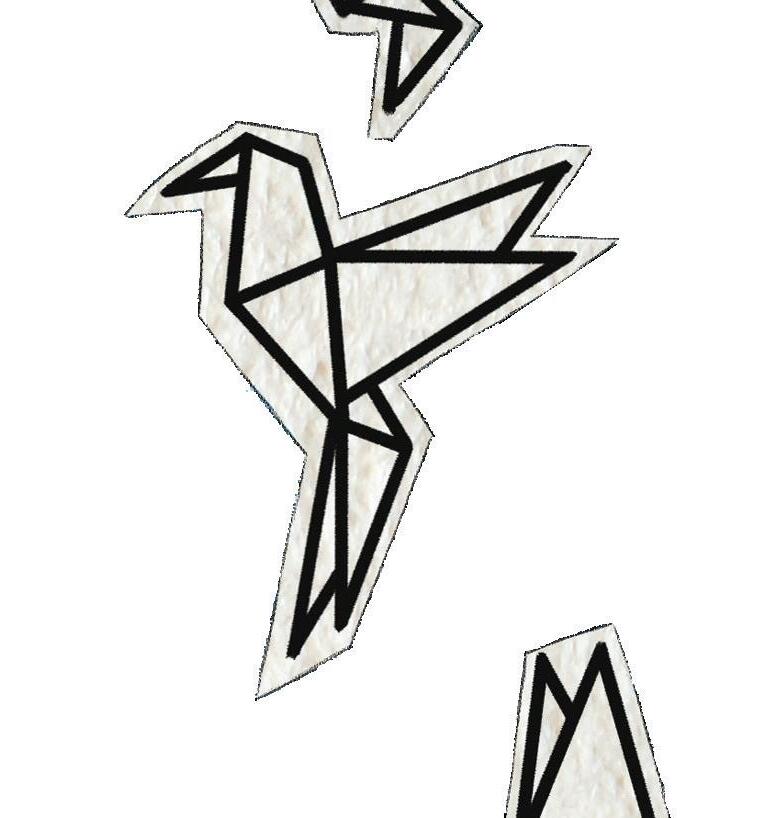
 By Joshua Smith
By Joshua Smith
Essential Rhythm: This was a book cover created for the 2-D Design class. The prompt was to create a book cover for a book titled “essential rhythm” to show off the compilation of what we had learned from the class. I thought creating a cover that looked like piano keys was appropriate for the assignment.
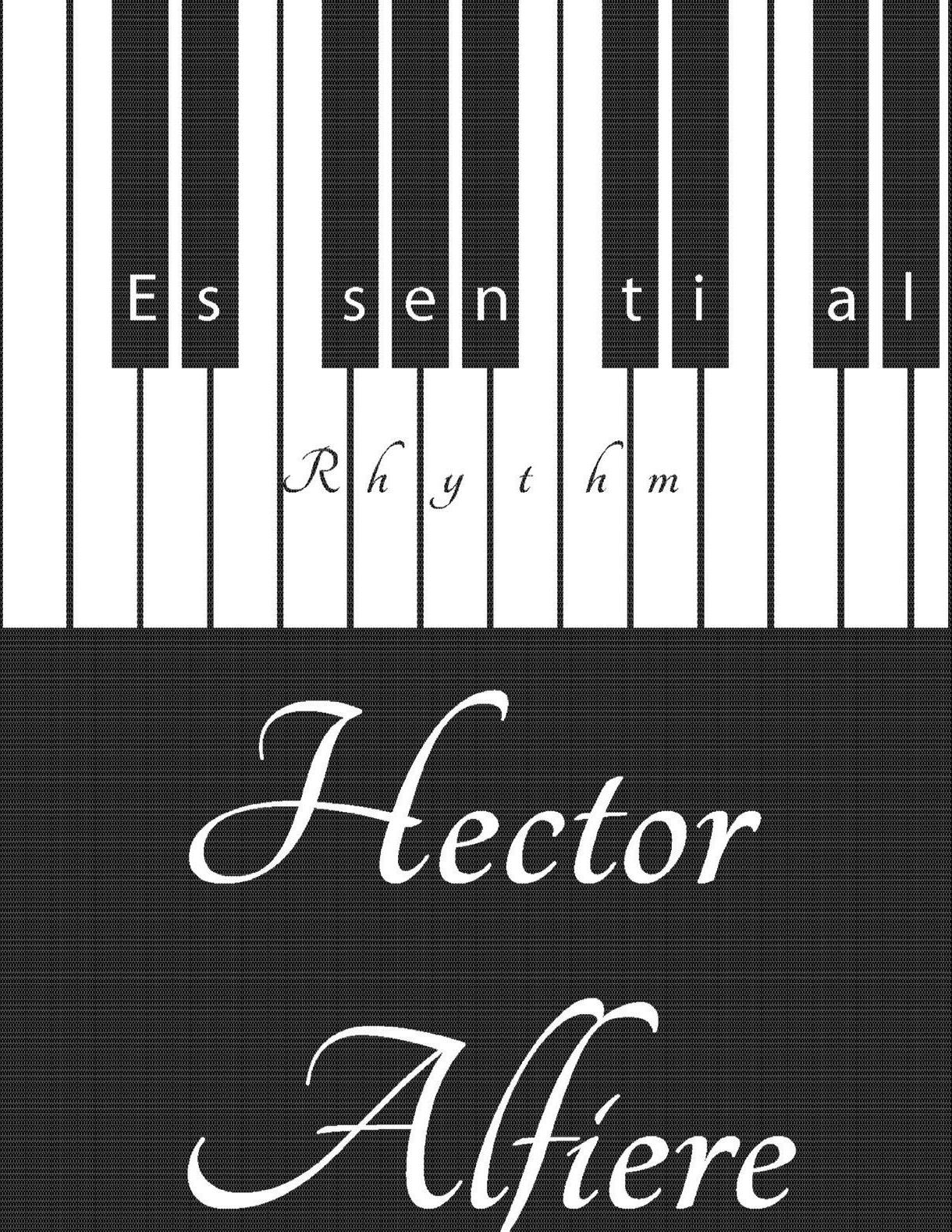





 By Natasha Clement
By Natasha Clement

This was for Commercial Photography. For this assignment we had to take photos of a bakery shop item like you would be looking at it in a cookbook. We had to use the skills we had learned like lighting, staging, depth of field, and white balance. This was a fun project, because I was able to come up with different ways I could showcase the food, and use props help make my photo look like it was from a cookbook.

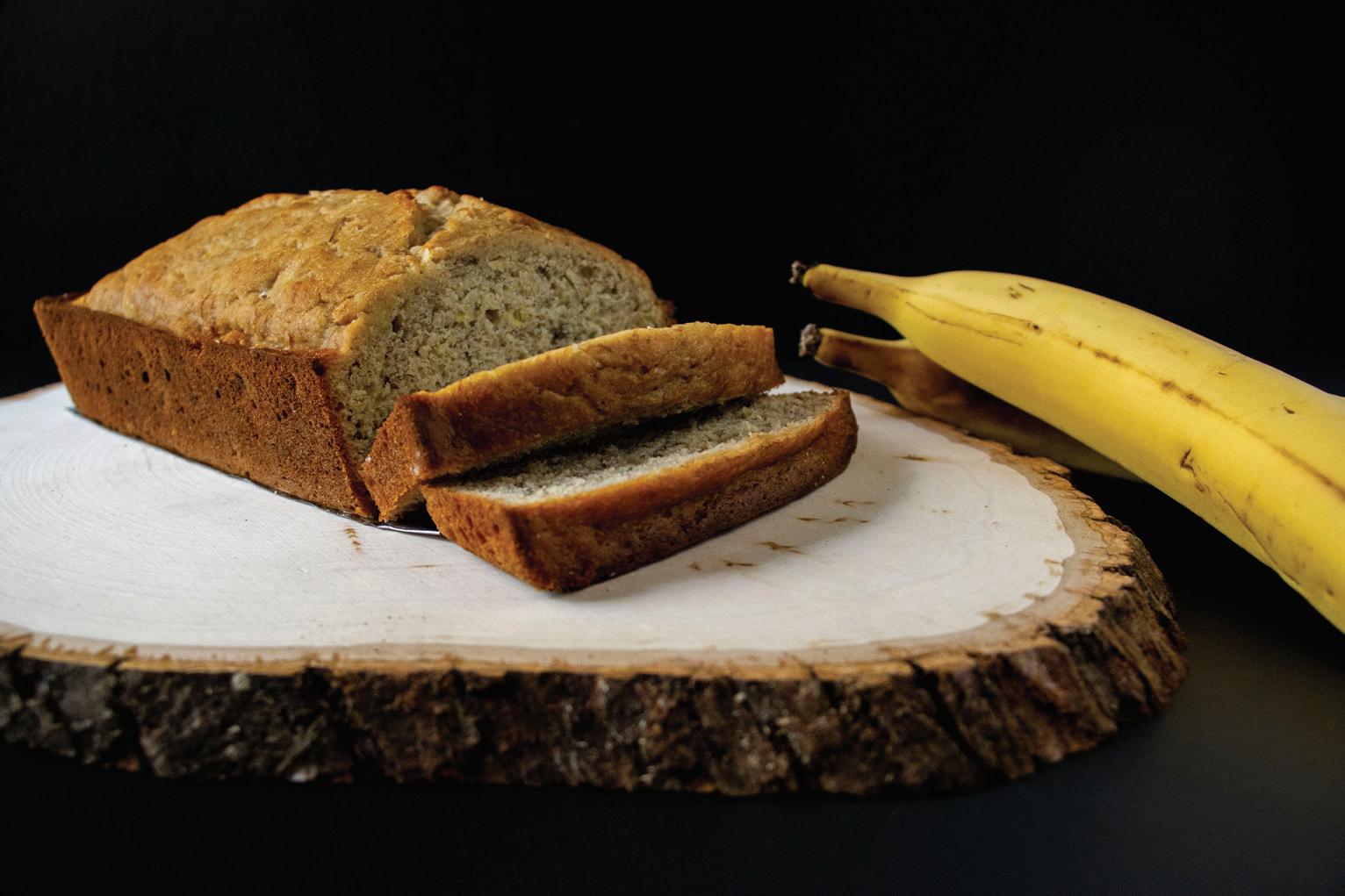 By Alycia Hall
By Alycia Hall

This was a photoshoot for commercial photography in which we had to photograph food as if it were going to appear in a cookbook.

 By Alycia Hall
By Alycia Hall

This was a promotional photoshoot for my commercial photography final with Books-A-Million, it is of one of their seasonal drinks, the peppermint white mocha. These photos were posted on their Facebook page leading up to Christmas.





 By Caroline Decker
By Caroline Decker

it was all part of our final based on the pictures we liked that we had taken throughout the semester. I love taking pictures so this was one of my favorite pictures that I have taken. It was a very nice end-of-the-year project when it was stressful but it was calming to know that it was a big wrap-up. Photography so far has been my favorite it really shows my creativity.

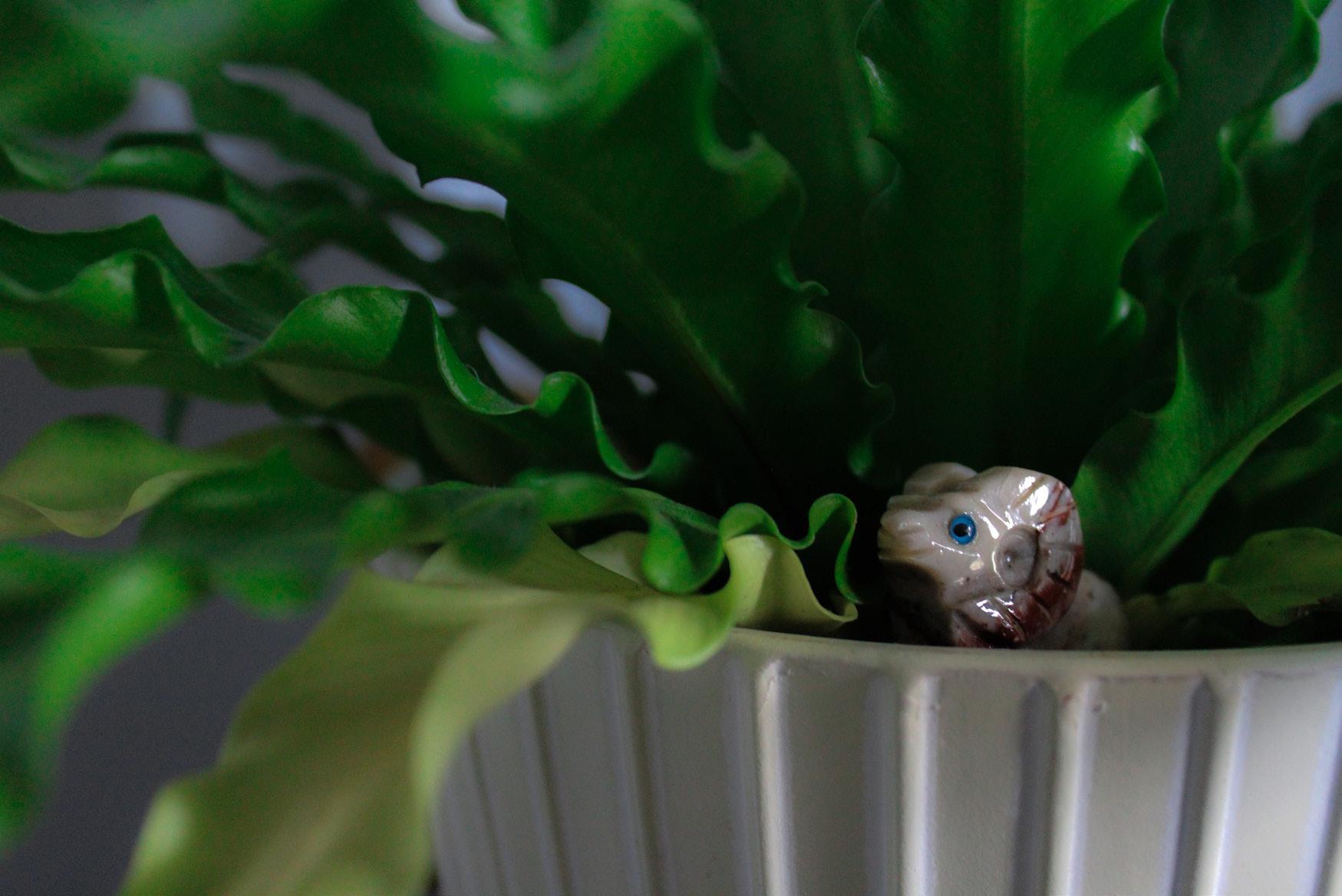 By Victoria Jones
By Victoria Jones
This is an assignment from ART 101 – Intro to Digital Photography

This composition photo assignment was one of our first times using the camera. After learning about composition, we were to take at least 20 shots that followed the basic principles of a well composed shot. We then were to submit 10 photos, editing our best 3 in camera RAW on Photoshop.



This picture was taken as part of a project in Intro to Digital Photography. The point of the project was to take portraits of individuals with different lightings. The subject in the photo is my grandmother, taken by one of the windows in her house. When doing this project, I wanted to include my family, since we always make a point to visit my grandmother every weekend since my grandfather has passed. I think this picture shows both the brightness of my wonderful grandmother, but also the loneliness she feel since my grandfather’s passing.
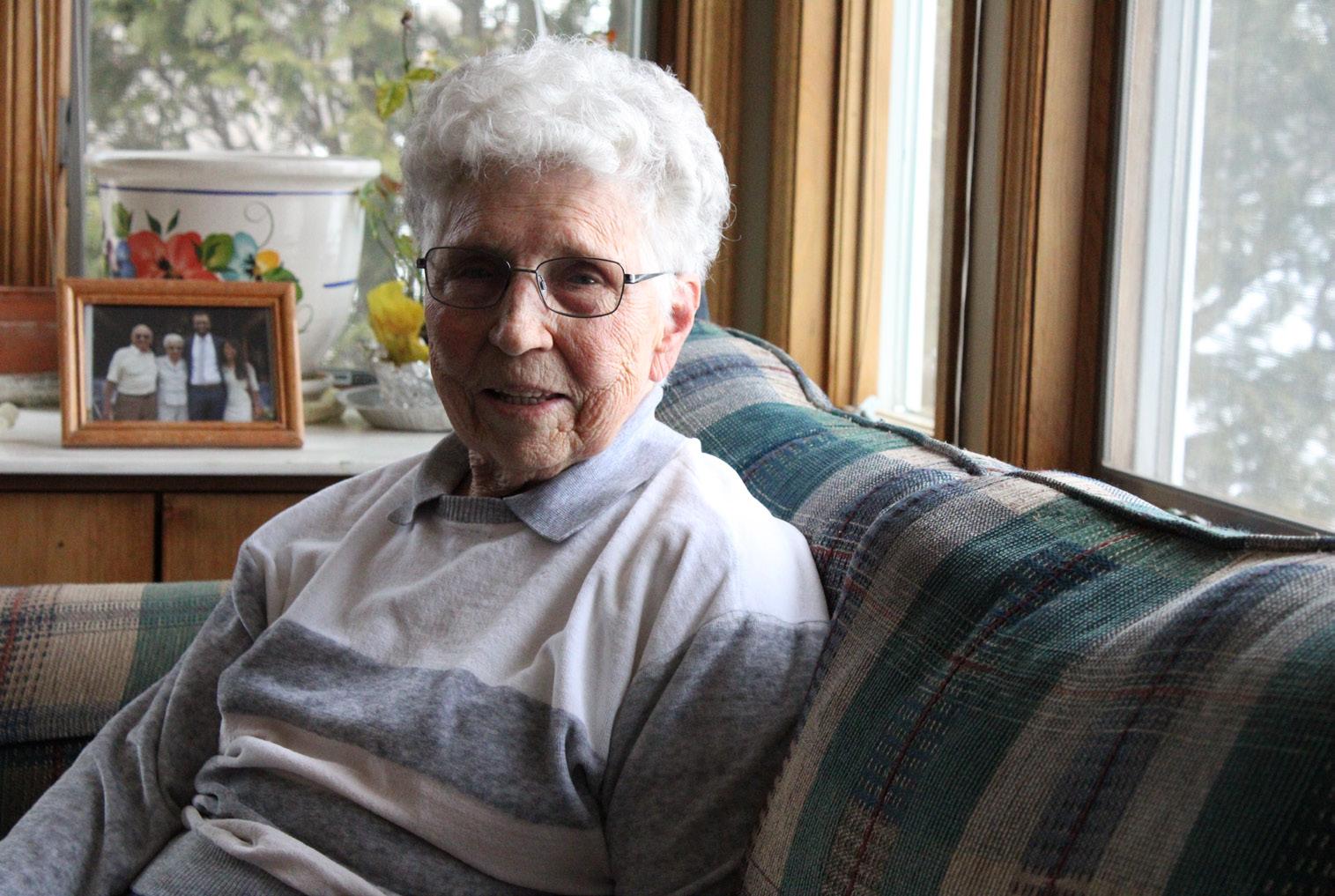
 By Carly Pettengill
By Carly Pettengill

The flower picture was for a photography project in Intro to Digital Photography. The point of the project was to practice using different settings of aperture on the camera. The picture depicts a beautiful white flower behind a dusty cage. In reality it’s a fake flower on top of a perfume bottle we keep in the cage like cabinet above the toilet so the bathroom smells nice.








 By Anthony Robles
By Anthony Robles


This assignment was the final project for my DGD 131 Intro to Page Layout and design. The assignment was to design a sixpage article for the band Clutch in the rolling stone magazine. We were supposed to create an article with a few interactable bookmarks which was a new thing we learned for the final, along with the interactable next page arrows. It brought together the various things we learned throughout the semester to create a professional looking magazine article.

 By Anthony Robles
By Anthony Robles
So, you say you want to go to heaven?

Well, I got the plans
Kinda walks like Sasquatch
But it breeds like Kubla Khan
In original dialect, it’s really quite cryptical
There are may copies around
But this, my man, is the original








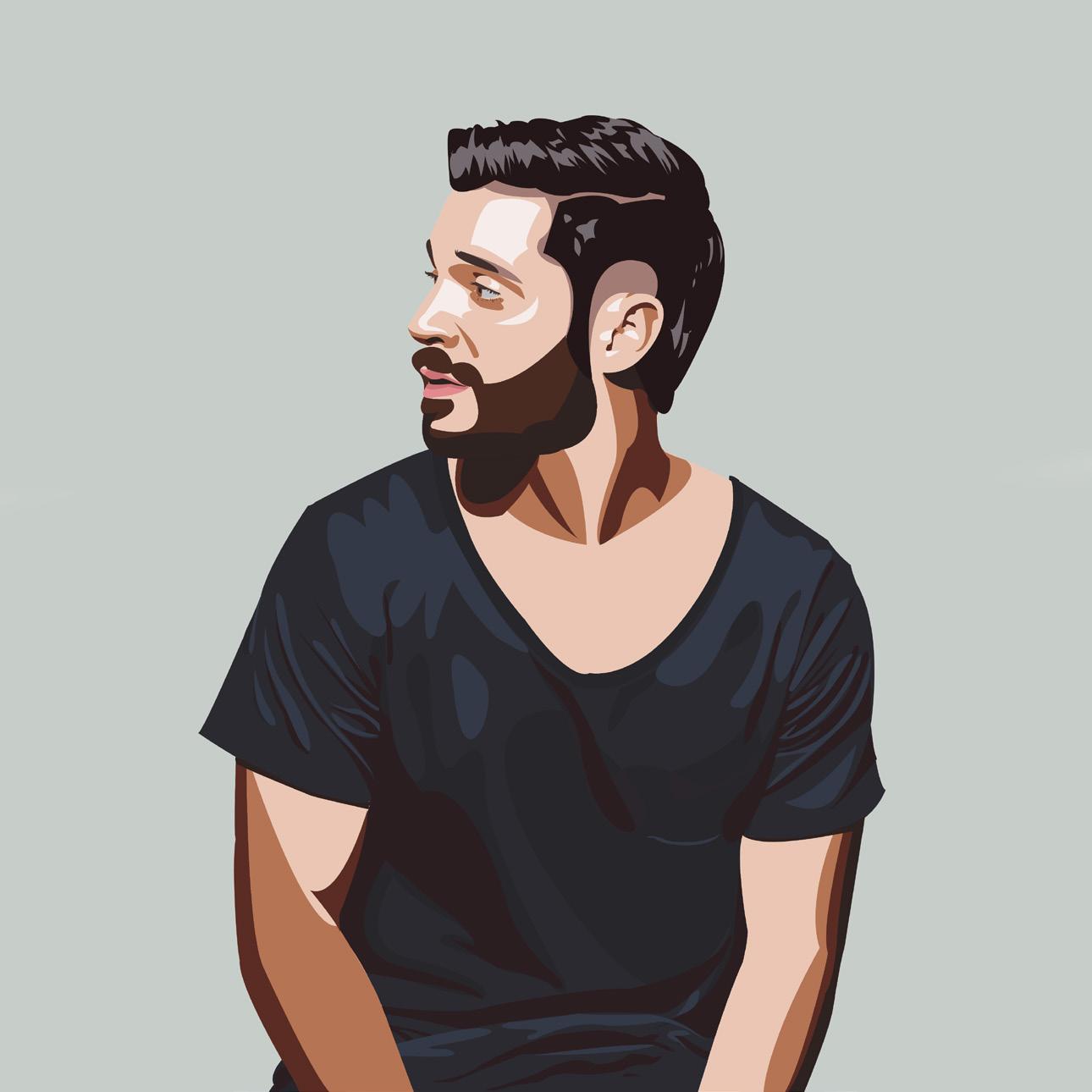 By Erin Blake
By Erin Blake
The assignment that this piece was created for was teaching us how to use the path tool to create simple shapes in photoshop. We had to pick a celebrity to create the art of and I picked the musician Jon Bellion. We created simple shapes to create the base colors of each shape as well as the shadows and highlights. This piece may be my favorite that I have made at this school so far and I am very proud of it.





For this assignment we had to take ordinary pictures and turn them into something from a fantasy/surreal world. We had to use what we had learned in Photoshop so far to create this piece. Things like filters, warping, and changing the lighting to make the piece cohesive. This was a fun project for me because I had to come up with a creative way to turn ordinary things into something from a fantasy world.
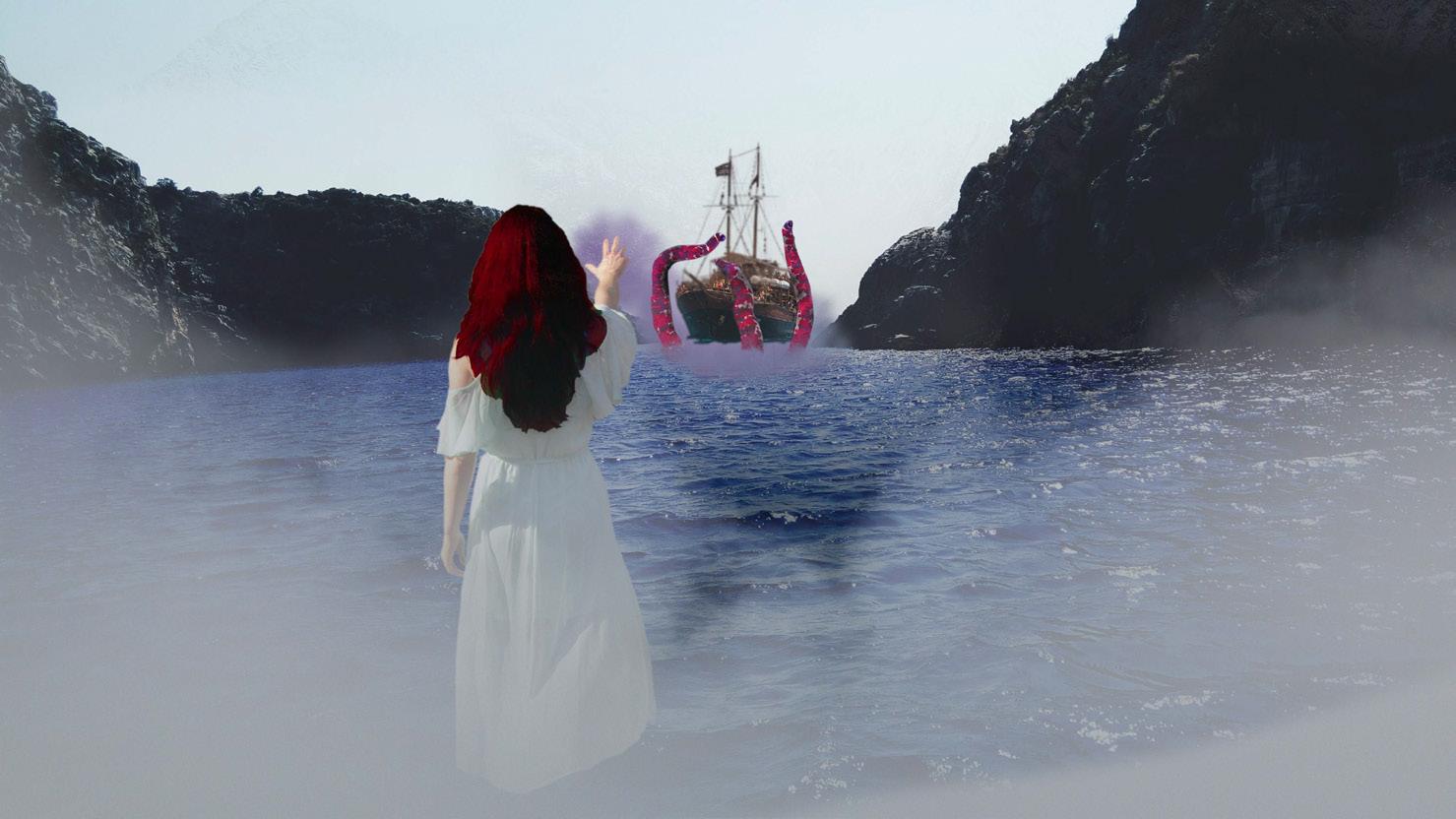
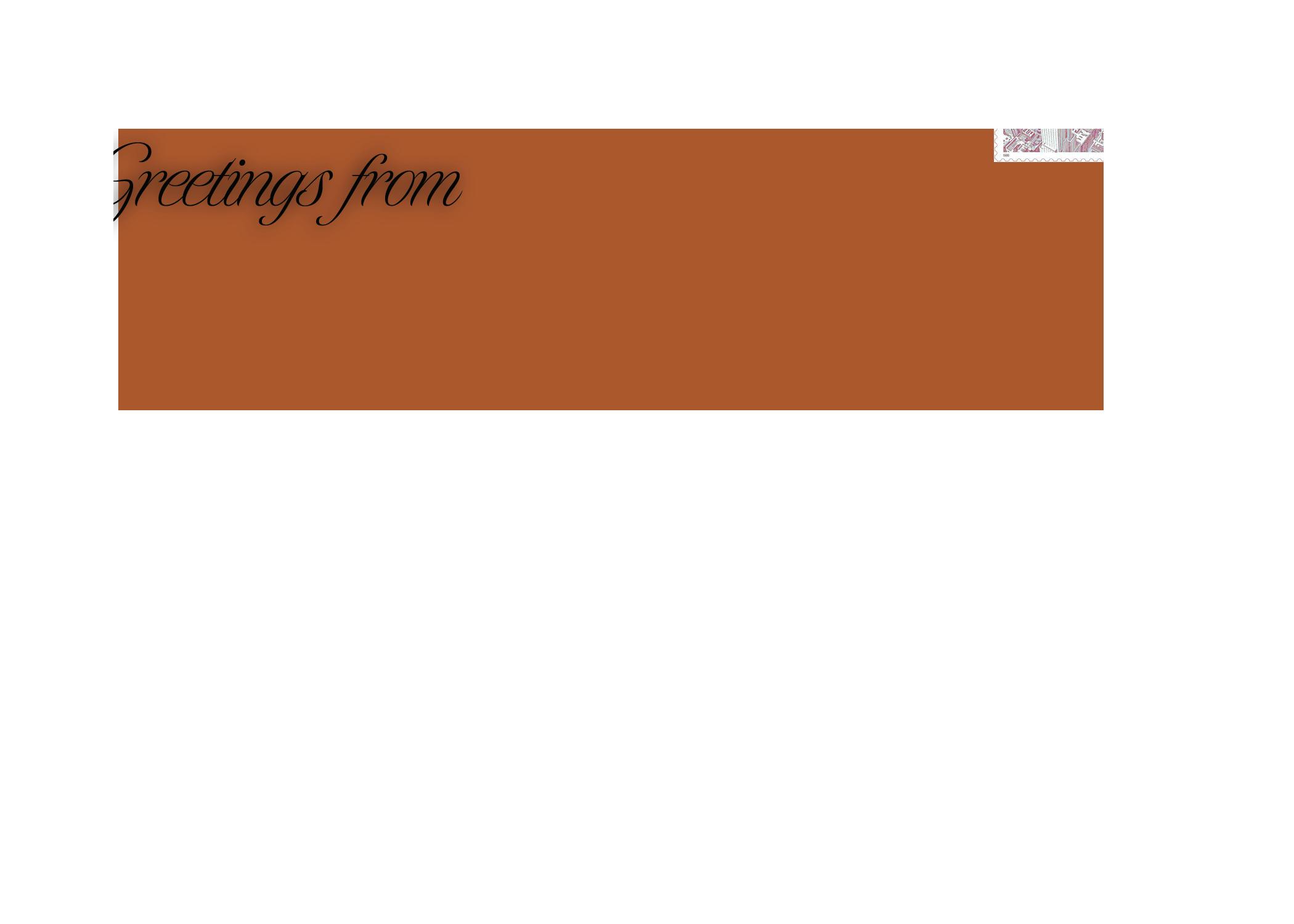
 By Aimee Georgia
By Aimee Georgia

This was created in my Intro to Photoshop Class. The Assignment was to create a vintagepostcard from a compilation of different photographs and some tools we learned in photoshopfrom previous homework assignments. Some tools used were, Masks/selections, type effects,styles, and gallery filters.



For this project, we had to make a vintage postcard. If you asked me what my favorite ones were this was one my favorite one to photoshop. We got to use drop shadows and effects to make it look more vintage. We chose the state we wanted to do, I went with Maine because I love this state except for the winter. This was the 6th project we had down for the year this was my first year photoshopclass.
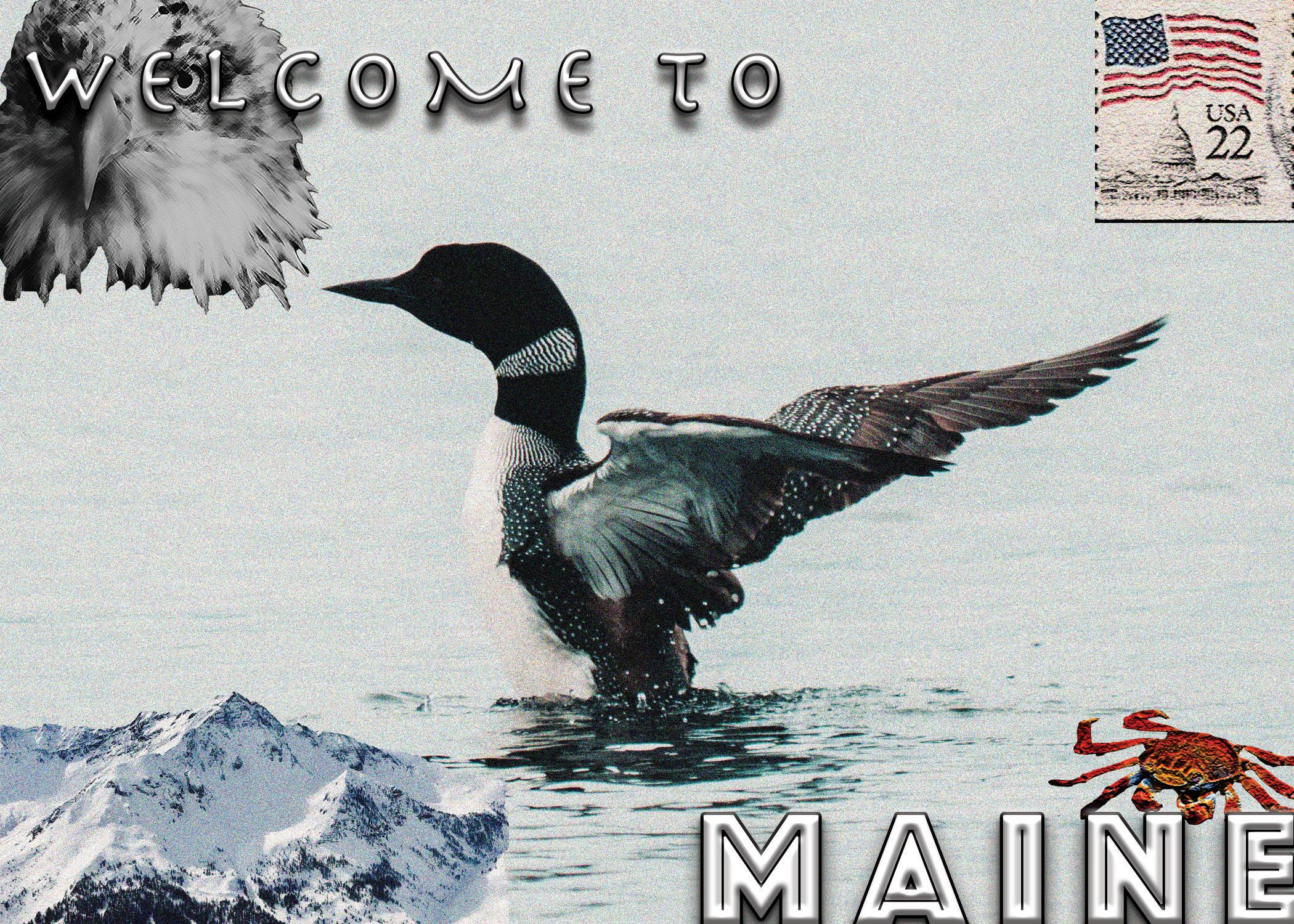


The vintage postcard was an assignment for the 2020 Photoshop Class that was used to teach effects that could be put on various elements of the design such as the text and images. The texture used on this postcard is an example of an effect that was taught in class. Another Photoshop tool that we were required to use was the masking to which is seen in the letters for the word Maine.



This is a collage I made for the final project in my Photoshop class. The goal of my final project was to illustrate what I had learned during the semester. I had to not only demonstrate what I had learned from the course, but I also had to write a report and explain how I went about doing it.
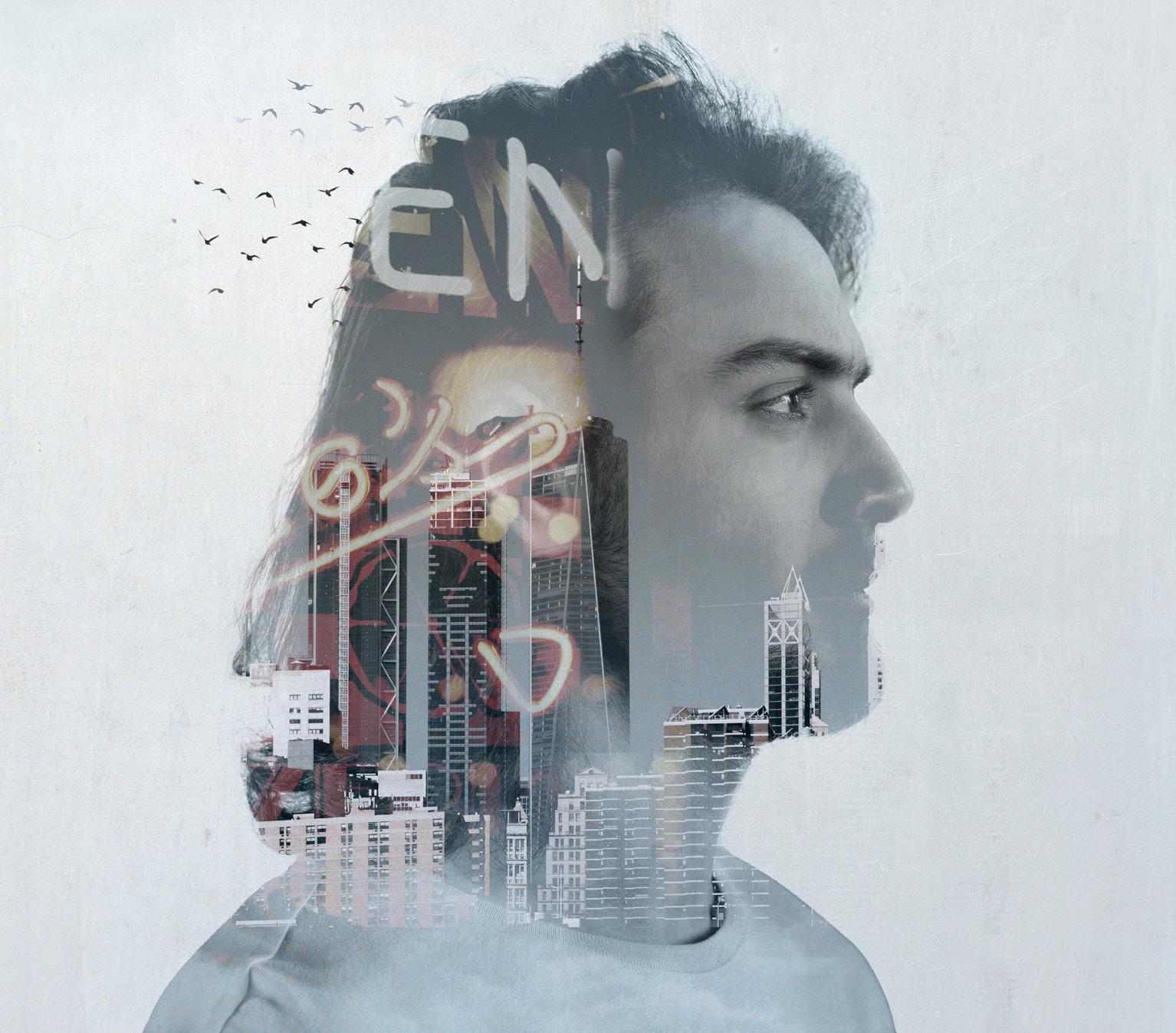









This was created in the Graphic Design Class. I was required to create a website to showcase my portfolio that was also similar to the mock up I had previously designed during class. I created the logo for my website/portfolio.

 By Abigail Johnson
By Abigail Johnson

The captured moments logo was used throught the Graphic Web Design assignments as I created a portfolio website. The logo incorporated the fonts, colors, and overall style of the portfolio website. I chose to design the logo to give my portfolio an additional design element that had a finalizing look and feel.









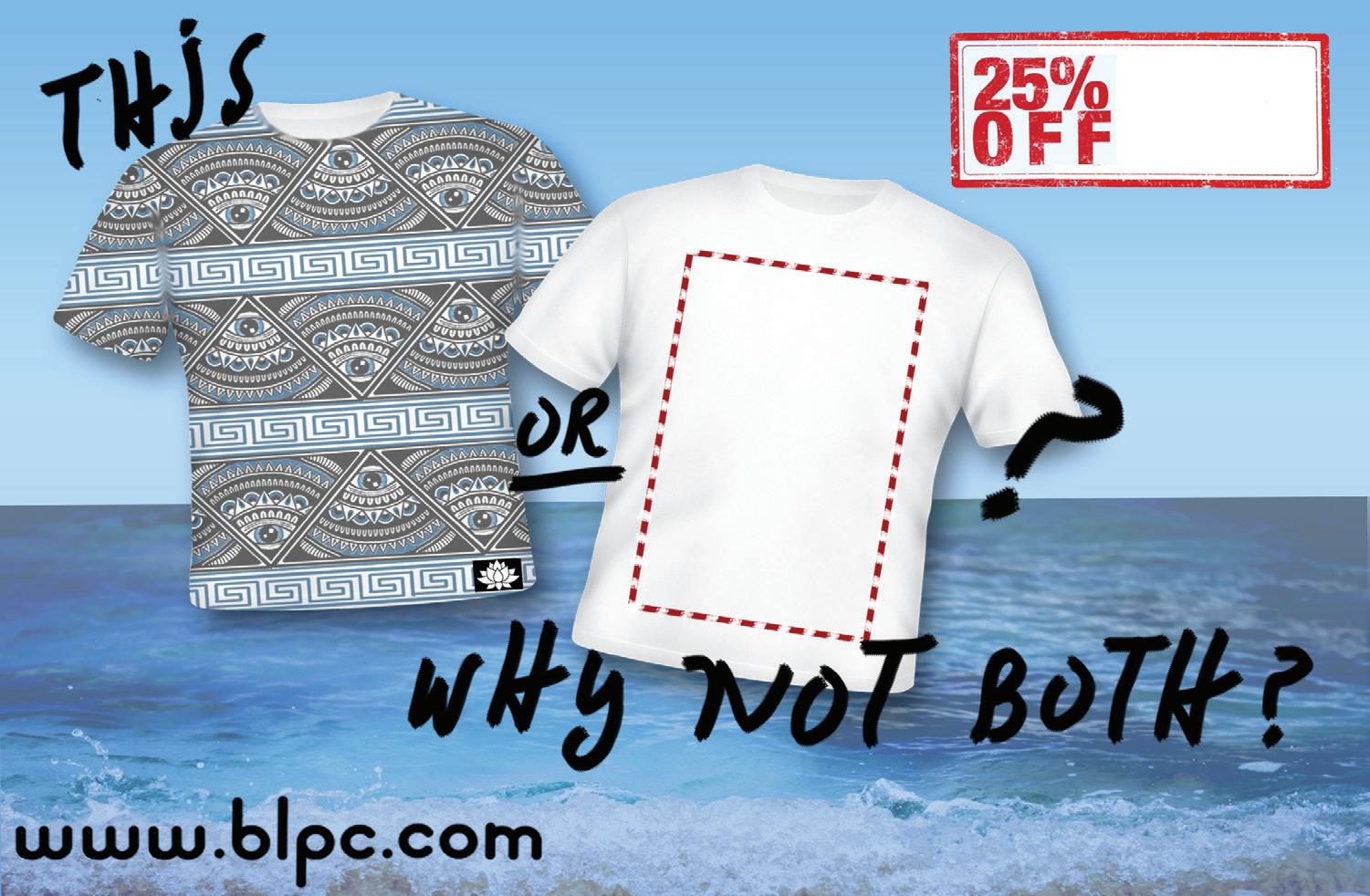
 By Victoria Jones
By Victoria Jones

This advertisement that I made was part of the final for Marketing Communications. After spending the semester working on creating a company (Blue Lotus Printing Company), now it was time to advertise for them. There were five different ads on five different platforms that we were to create. This is the ad that I used for my unaddressed mail—a postcard that would be sent out to people to spread brand awareness.







The formatted quote was one of six formatted quotes that was part of a Typography assignment in 2021. In this assignment we were required to use kerning, leading, tracking, character rotation, baseline shift, and font tools to create a unique layout. The goal was to create a unique layout design that highlighted the meaning of the quote and was easily legible.
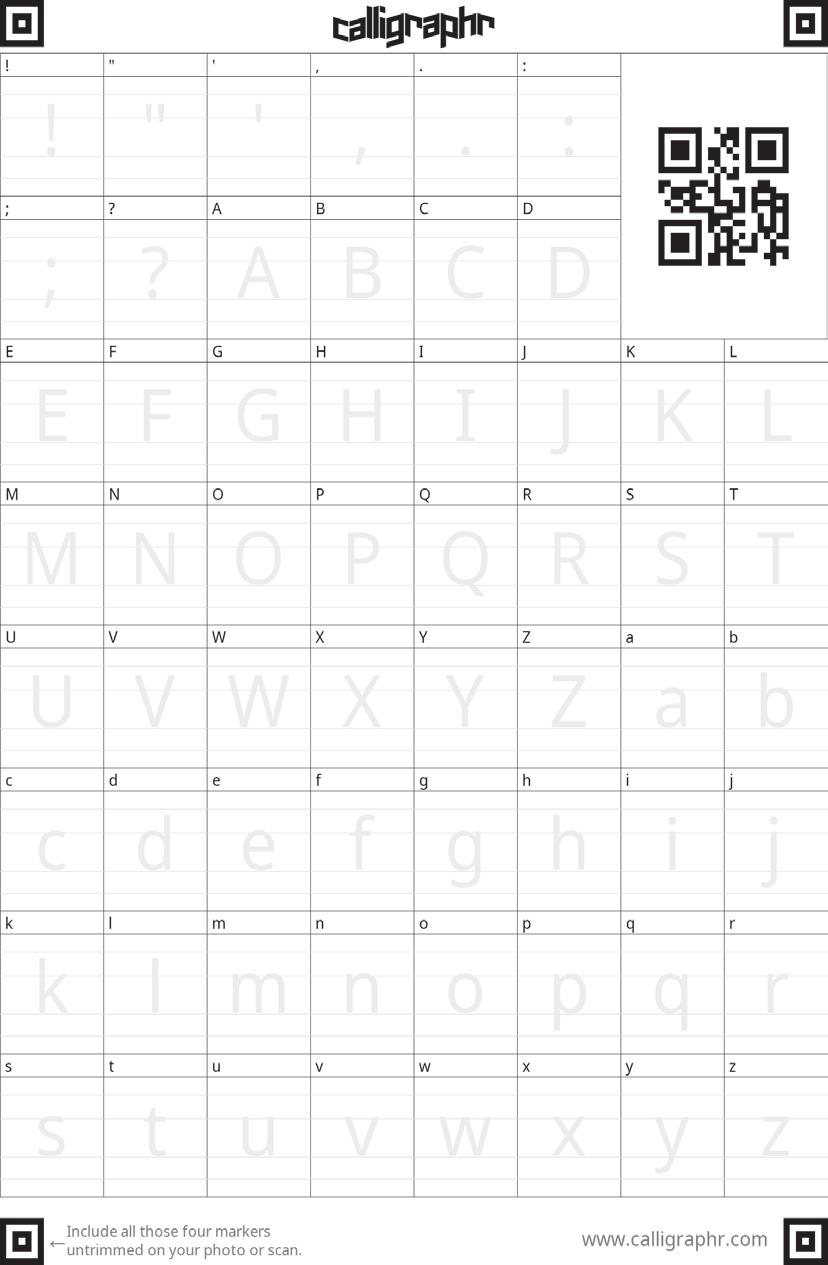

 By Joshua Smith
By Joshua Smith
This project was created for the Typography course. The prompt was to use all that had been learned in the class regarding type anatomy and create our own fonts, with little creative restrictions. I wanted to create a more decorative and futuristic font that is mostly used for titles and headers rather than body text.






